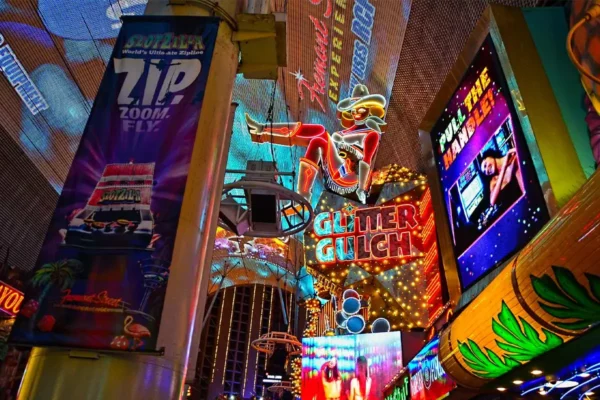Citing environmental concerns and plans for a stadium, officials from the San Diego Chargers football team went to the California Coastal Commission, which makes the final decision on new development in the state’s coastal areas, to halt expansion of the San Diego Convention Center (SDCC). This immediately caught the attention of SDCC’s management.
Carol Wallace, the president and CEO of San Diego Convention Center Corp., gave a statement regarding the Chargers Joint-Use Stadium Proposal:
The current proposal to expand the San Diego Convention Center is the culmination of a multi-year planning process that involved citizens, organizations and elected officials from across San Diego.
We believe this is the right project to expand the convention center and build on our 23 years of success driving visitors to our region and tax revenues to the City of San Diego and Port of San Diego, which provides funding for parks, police, fire and libraries in every community.
Contrary to suggestions, we are trying to build a “big box on the bay.” The proposed expansion is environmentally designed [and] provides a 5-acre rooftop park and public plaza that protects view corridors, enhances public access and safety, and activates an underutilized part of San Diego’s downtown waterfront. Most importantly to our clients, it meets their needs well into the future for a contiguous exhibit hall that allows their exhibitors and attendees to meeting in one location.
Six different configurations for a convention center at the site identified by the Chargers for a joint-use stadium were thoroughly evaluated and rejected as not viable by a task force of San Diegans created in 2009 by Mayor Jerry Sanders.
The Task Force report concluded the following:
The Tailgate site evaluation found that an active earthquake fault ran through the middle of the proposed site. Six different concepts were evaluated however the site was eliminated as feedback from convention center clients indicated the facility would not meet their primary needs of a contiguous space and was located too far from the current facility to be considered for use by large clients needing more space than currently exists in the current convention center.
Additionally, it was determined that to be marketable, the Tailgate site would require a minimum of 400,000 square feet of exhibit space as well as meeting space. However, the bulk and scale of a facility of the size necessary to meet the program was deemed as another fatal flaw. The renderings show the required size and scale of two scenarios in context with the current size and scale of Petco Park. As a result, the Tailgate Park site was eliminated as a viable alternative.
Our clients, when interviewed about the proposed Chargers site, rejected a non-contiguous expansion as not meeting their needs and, therefore, not viable to accomplish the goals of retaining current customers who are outgrowing the current facility and attracting those who have never been able to fit in the current facility.
The following excerpt from MCTF Final Report addressed this finding:
The goal for the San Diego Convention Center is to host more large shows (that don’t fit currently), host more events simultaneously and make move-in/move-out more efficient; therefore, the highest probability for success could be expected from an expansion that utilizes contiguous space.
A non-contiguous building, if it is further than directly across the street, is not an expansion by definition to meeting planners – it would result in two completely different venues; basically no major conventions and tradeshows (or consumer shows) would book both venues at the same time.
While we appreciate the Chargers effort to build a new stadium, we will continue our current efforts to secure the California Coastal Commissions support and work with all San Diegans to ensure the successful expansion of the San Diego Convention Center.





























